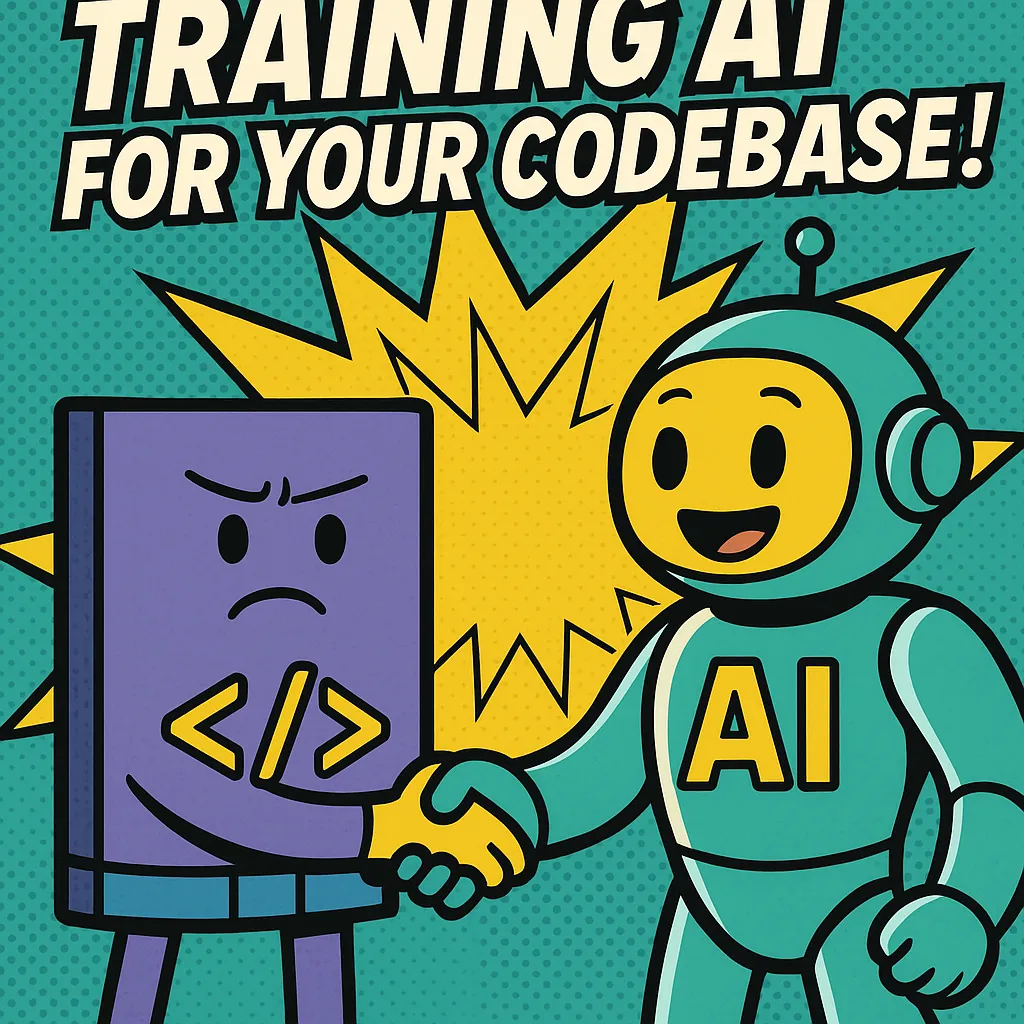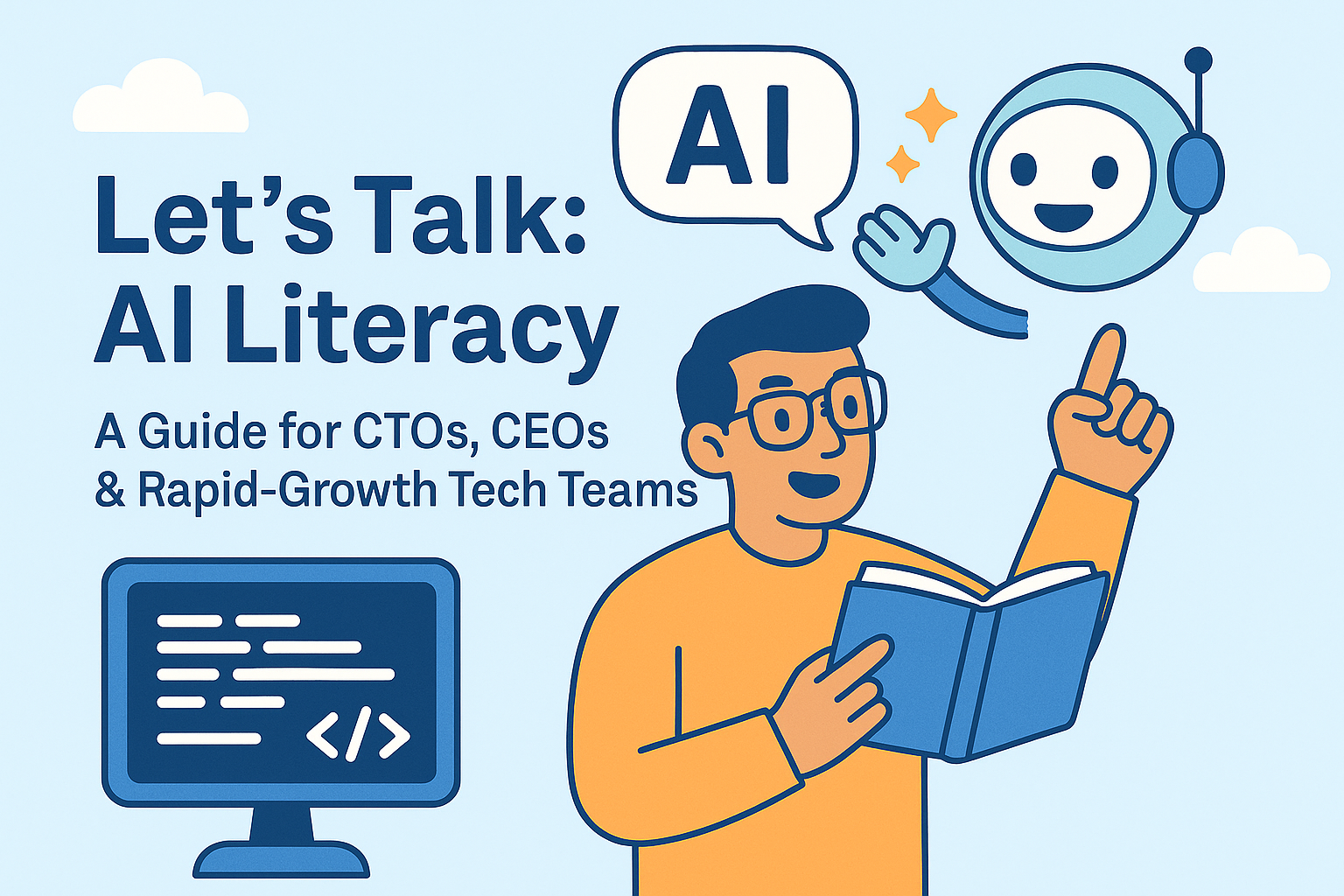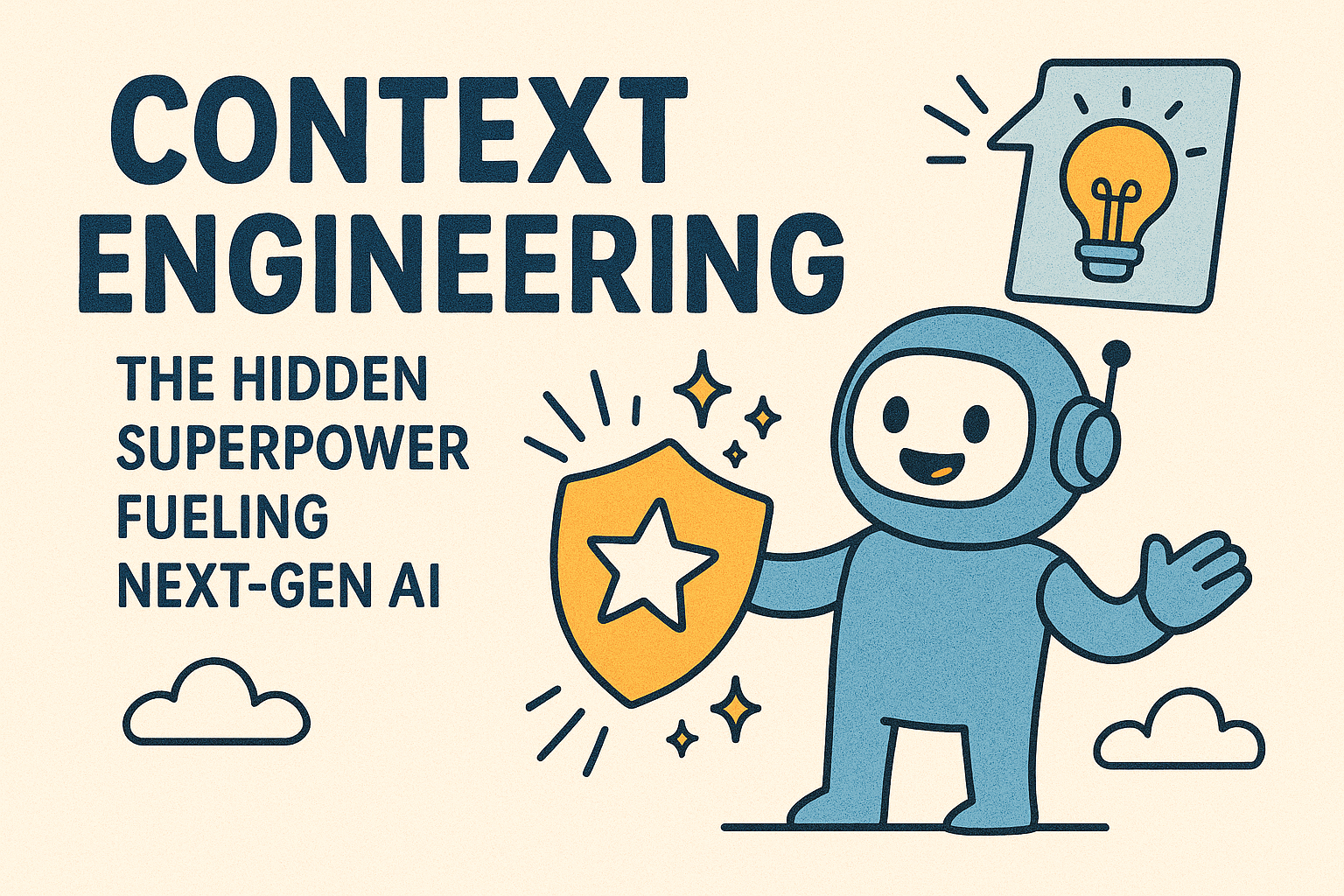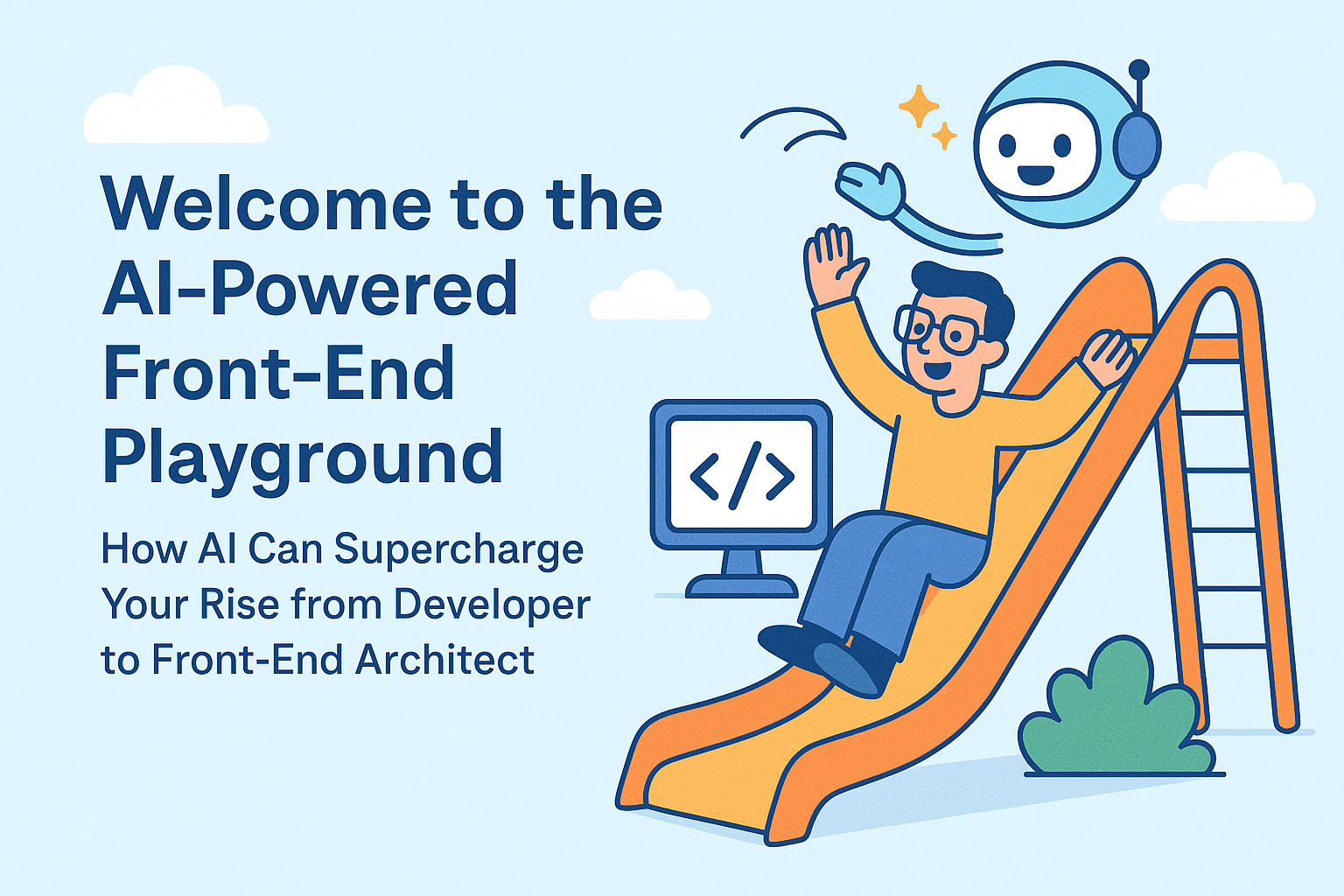Optimize Your Codebase with Custom AI Training: Achieving Better Review Outcomes

Imagine a world where every code review is lightning-fast, every vulnerability is caught before it ships, and every suggestion aligns perfectly with your team’s unique style and security policies. That’s not just a dream, it’s the reality for teams who have embraced AI code tools, but only if they take the crucial step of training AI on their own codebase. As a CTO or Product Engineering Manager, you’re already juggling speed, quality, and security. The question is: are you ready to unlock the next level of software excellence with AI code reviews that truly understand your context?
Why Custom AI Code Reviews Matter
Modern software teams face a paradox: codebases are growing faster than our ability to review them thoroughly. Traditional code reviews are essential for quality and code security, but they’re also a bottleneck. AI code tools promise to automate and accelerate these reviews — flagging bugs, enforcing style, and even spotting security vulnerabilities.
But here’s the catch: generic AI models often miss the nuances of your codebase. They can’t “see” your architecture, your business logic, or your team’s conventions. Even the most advanced Large Reasoning Models (LRMs) fail when tasks get complex: they pattern-match, not truly reason.
The Limits of AI “Thinking” in Code Review
Recent research shows that today’s LLMs excel at simple, pattern-based checks: formatting, linting, basic syntax, and common security flaws. But when it comes to high-context, high-complexity issues like architectural decisions, business logic, or nuanced security policies, AI’s “thinking” breaks down.
This isn’t just theoretical. In practice, code review isn’t just about the code in front of you. It’s about understanding the system’s history, business intent, and team norms. Human reviewers connect these dots; AI, without help, can’t.
How to Customize AI Code Reviews for Real Results
So, how do you make AI code reviews work for your team? Here’s what I’ve learned from building and using Panto AI:
- Index Your Codebase and Context: Don’t just feed the model code. Index your architecture diagrams, design docs, Jira tickets, and commit history. This gives the AI the context it needs to make relevant suggestions.
- Train on Your Standards: Feed the model your coding guidelines, security policies, and team conventions. This ensures it’s not just flagging generic issues, but enforcing your standards.
- Integrate Classical Tools: Use static analysis, linters, and security scanners alongside the AI. Let the AI focus on the high-level, contextual issues, while deterministic tools handle the basics.
- Iterate and Learn: Track which AI suggestions your team accepts or rejects. Use this feedback to refine the model’s understanding over time.
This approach of enriching the AI’s context and combining it with classical analysis is what makes AI code tools truly effective.
The Business Value of Custom AI Code Reviews
Customizing AI for your codebase isn’t just a technical win; it’s a business enabler:
- Faster, More Consistent Reviews: AI-assisted reviews can cut review time by a third or more, letting your team ship faster without sacrificing quality.
- Improved Code Security: By training the AI on your security policies, you catch vulnerabilities earlier and reduce breach risk.
- Scalability: As your codebase grows, a well-contextualized AI can keep up, providing consistent, high-quality feedback across all projects.
Panto AI’s Contribution: Smarter, Context-Aware Code Reviews
Imagine your team is working on a multi-service backend. You index the codebase with Panto AI, feed it your style guide and security policies, and connect it to your Jira tickets and design docs. Now, when a developer submits a pull request, the AI reviews it in seconds, flagging style violations, potential bugs, and security risks, all tailored to your context. The team reviews the feedback, accepts or rejects it, and the system learns, improving over time.
This is how you move beyond the illusion of AI “thinking” and into real, scalable results.
At Panto AI, we’ve built an AI code review agent that goes beyond generic suggestions, aligning code with your business context and team policies for truly tailored results. Our proprietary AI operating system pulls in metadata from Jira, Confluence, and your codebase itself, ensuring reviews are not just technically sound but strategically relevant. Panto AI delivers high-precision, low-noise feedback, while maintaining strict data security and compliance standards like CERT-IN and zero code retention. The result? Faster, more accurate reviews that keep your codebase secure, compliant, and aligned with your business goals.
Why Training AI for Your Codebase Works: The Data Speaks
Recent industry research and surveys make a compelling case for customizing AI code reviews:
- AI Code Review Drives Quality: Teams integrating AI code review see a 35% higher rate of code quality improvement than those without automated reviews.
- Quality Gains with Productivity: Among developers reporting considerable productivity gains, 81% who use AI for code review also saw quality improvements, compared to just 55% of equally fast teams without AI review.
- Mainstream Adoption: 82% of developers now use AI coding tools daily or weekly.
- Productivity and Context: 78% of developers report productivity gains from AI coding tools, but 65% feel AI misses critical context during essential tasks; underscoring the need for customization and contextual training.
- Overall Positive Impact: 60% of developers believe AI has positively impacted code quality, with only 18% claiming it has worsened.
These statistics highlight that while AI code tools are now mainstream and boost productivity, the real quality gains come from integrating AI with continuous, context-aware review, which is exactly what custom training for your codebase delivers.
Best Practices for Engineering Leaders
- Set Clear Expectations: Use AI for style, logic, and security; not for architectural or business logic decisions.
- Maintain Human Oversight: Always keep a human in the loop to validate AI suggestions and provide context.
- Focus on Actionable Feedback: Prioritize high-impact issues and encourage your team to critically evaluate AI suggestions.
- Continuous Learning: Use feedback loops to improve both the AI and your team’s review processes.
Conclusion: The Future Is Custom, Context-Aware, and Collaborative
The era of one-size-fits-all code reviews is over. The future belongs to teams who empower AI with the context, history, and standards that make their codebase unique. By training AI code tools on your own codebase, building you are a culture of continuous improvement, security, and trust. The data is clear: custom AI code reviews deliver faster, safer, and higher-quality software. And with tools like Panto AI — you’re setting the pace. Ready to make your codebase smarter, your team more productive, and your business more resilient? The journey starts with a single, context-rich pull request.
Your AI code Review Agent
Wall of Defense | Aligning business context with code | Never let bad code reach production
No Credit Card
No Strings Attached


We raised. We’re building harder.
Panto AI announces its pre-seed funding from Antler Singapore, marking a new chapter focused on revolutionizing code review. The company's AI-powered Code Review Agent is already demonstrating significant improvements in merge times and defect detection, with plans to expand into a comprehensive QA Agent.
Jul 31, 2025

How AI Affects Developer Literacy: A Guide for CTOs, CEOs & Rapid-Growth Tech Teams
While AI promises to revolutionize software development, an over-reliance on AI tools can subtly erode foundational developer skills. This guide for CTOs, CEOs, and rapid-growth tech teams explores the hidden risks of AI on developer literacy and outlines strategies to leverage AI for productivity without sacrificing core competencies.
Jul 31, 2025

Context Engineering: The Hidden Superpower Fueling Next-Gen AI
Beyond prompt hacks, context engineering is the critical behind-the-scenes work that transforms LLMs from clever demos into reliable, scalable AI systems. This article explains why managing the entire AI context window—including user history, business logic, and relevant data—is the true foundation for advanced, production-ready AI.
Jul 30, 2025

Welcome to the AI-Powered Front-End Playground: How AI Can Supercharge Your Rise from Developer to Front-End Architect
The front-end development landscape is being rapidly transformed by AI. This article explores how AI tools, from code generation to advanced code review, can significantly accelerate a developer's journey to becoming a front-end architect by automating mundane tasks, enhancing learning, and improving overall project quality.
Jul 29, 2025

LLMs: Game-Changers or Just Hype? What Founders Need to Know About Their Pros and Cons
Large Language Models (LLMs) are everywhere, but are they truly revolutionary or just an overhyped trend? This article cuts through the noise, offering founders a balanced perspective on the real strengths and critical limitations of LLMs, and how to strategically leverage them for genuine impact.
Jul 25, 2025

PR Chat: A Practical Lever for Healthier, Faster Software Systems
Traditional asynchronous pull request reviews can slow down software development. This article introduces PR chat as a powerful solution, demonstrating how real-time conversations directly within the code review process can significantly accelerate review cycles, improve code quality, and boost team efficiency.
Jul 24, 2025